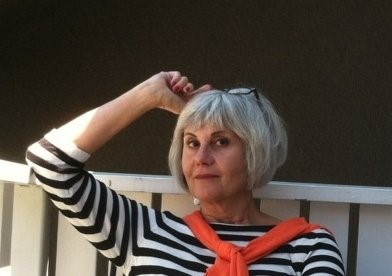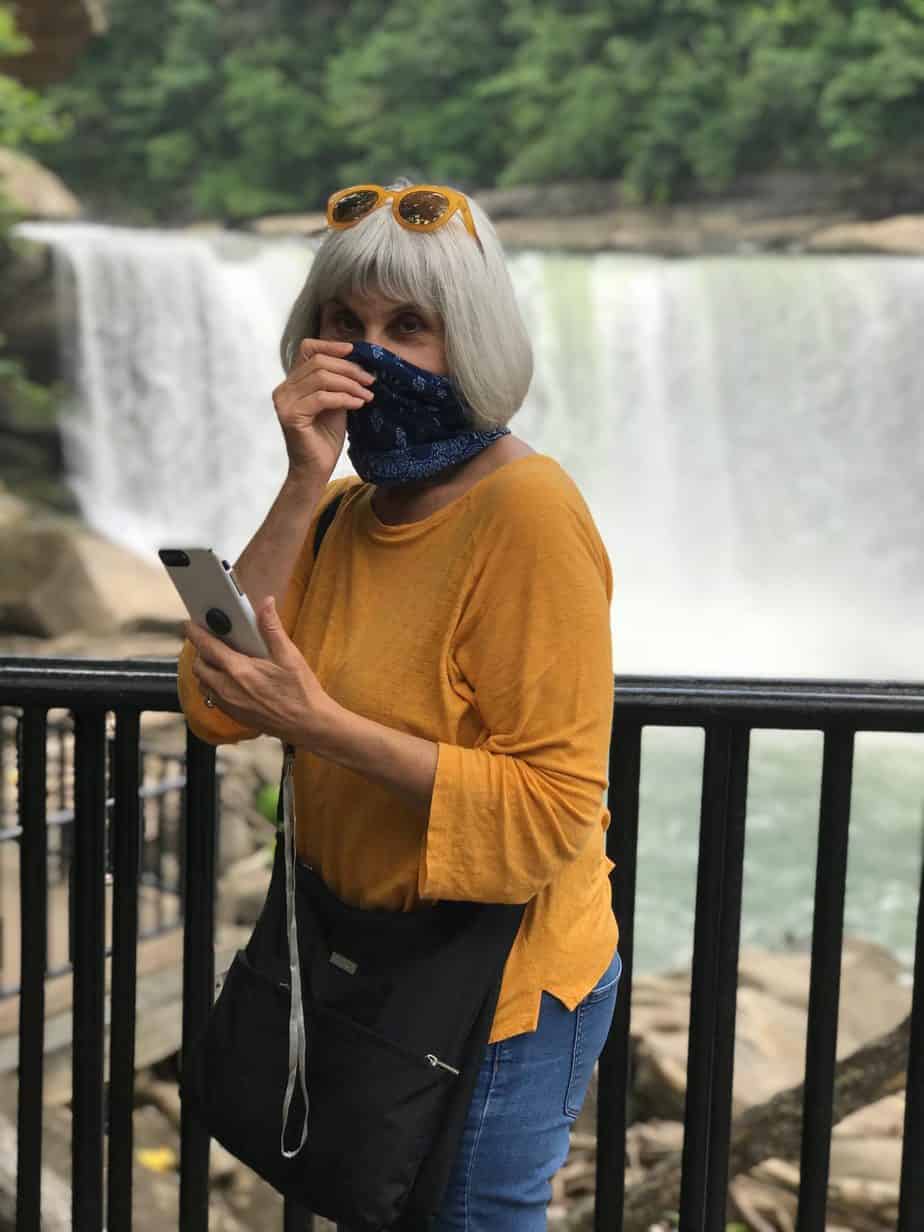After Bonnie’s hearing continued to worsen, she felt isolated and retreated from activities and interactions she used to enjoy. After getting a cochlear implant from another brand, and not succeeding, Bonnie got re-implanted with Cochlear™ Nucleus® Implants and now is enjoying all of her missed sounds:
“HEARING—I really missed it. I use the past tense because I can now hear so many things that I thought were lost forever. I can hear the birds sing, I can hear the phone ring, I can hear music and I can hear my grandchildren say, ‘Hi Nanny.’
My hearing loss began the mid-1970s. It was not a linear process but rather a series of sheer drop offs. Along with the fact that many of my normal activities were becoming harder and harder, I began to feel isolated and would retreat from ordinary activities. Special occasions were experienced from the sidelines as my hearing loss deepened.
Looking into cochlear implants
 By late 2004, my situation had worsened. I lost most of the hearing in my right ear. The hearing aids I wore weren’t helping much and I became a candidate for a cochlear implant. I knew that there was a potential side effect of the cochlear implant surgery where you could lose the remaining natural hearing in your ear, but the promise of what I might gain drove me forward. I decided to go ahead with the surgery in my right ear. At that time, I did not use a Cochlear brand device. My hearing improved with the cochlear implant, but it was never good enough to use the telephone, watch TV without closed captions, see a movie without subtitles or hear in the dark. I still missed too many conversations.
By late 2004, my situation had worsened. I lost most of the hearing in my right ear. The hearing aids I wore weren’t helping much and I became a candidate for a cochlear implant. I knew that there was a potential side effect of the cochlear implant surgery where you could lose the remaining natural hearing in your ear, but the promise of what I might gain drove me forward. I decided to go ahead with the surgery in my right ear. At that time, I did not use a Cochlear brand device. My hearing improved with the cochlear implant, but it was never good enough to use the telephone, watch TV without closed captions, see a movie without subtitles or hear in the dark. I still missed too many conversations.
By 2009, my hearing continued to deteriorate. The cochlear implant I had was starting to fail (not Cochlear’s brand), and I was also losing the remaining hearing in my left ear. I was only hearing at 28 percent speech recognition in my implanted right side. I was in no hurry to repeat my first cochlear implant experience, but I was missing out on too much.
In 2012 I met an audiologist and a surgeon who carefully explained the advances in cochlear implantation technology, and I had great confidence in them.
Changing cochlear implant brands
 Finally, I decided to have my left ear implanted in August 2013. The time was right, and I decided to use Cochlear as the brand for the new cochlear implant. The results were very good. As a matter of fact, the results amazed me.
Finally, I decided to have my left ear implanted in August 2013. The time was right, and I decided to use Cochlear as the brand for the new cochlear implant. The results were very good. As a matter of fact, the results amazed me.
The sound quality with my new Cochlear Nucleus Implant was so impressive that I decided to schedule surgery to remove the old non-Cochlear branded cochlear implant and re-implant with a Cochlear brand implant on my right side. I had the second surgery three months later. Within a few weeks of the second surgery and activation, I was scoring over 90 percent speech recognition in the audiologist’s office with my new Cochlear brand cochlear implants on both sides. I could hear sounds I forgot existed.
Getting to hear again!
 Immediately, my life got better. The combination of bilateral implants, Nucleus 7 Sound Processors and some very effective Bluetooth®1 accessories, allowed me to fully participate in life. The True Wireless™ TV Streamer sends dialogue directly to my sound processors from the TV, bypassing the microphones and any background noise. The ability to control the volume, separation and clarity of sound with my Nucleus Smart App on my iPhone®23 gives me more control for adapting to changing situations.
Immediately, my life got better. The combination of bilateral implants, Nucleus 7 Sound Processors and some very effective Bluetooth®1 accessories, allowed me to fully participate in life. The True Wireless™ TV Streamer sends dialogue directly to my sound processors from the TV, bypassing the microphones and any background noise. The ability to control the volume, separation and clarity of sound with my Nucleus Smart App on my iPhone®23 gives me more control for adapting to changing situations.
The Nucleus Smart App also has a ForwardFocus4 function that allows me to clearly pick up conversations across the table in a noisy restaurant. If I need more clarity, I can use my phone as an external microphone which delivers a direct stream of sound to my sound processors. I use the Mini Microphone 2+ to stream the soundtrack from movies when I’m on an airplane.
So, now when I hear music, I can usually understand and enjoy it. I can use the telephone too, especially when I stream the call directly from my phone to my sound processors.
In conversations, I can understand, even if the room is dimly lit. But, best of all, I can always understand ‘Hi Nanny!’”
Are you struggling with isolation from your hearing loss like Bonnie? Learn about a solution that can help you today.
- The Bluetooth® word mark and logos are registered trademarks owned by Bluetooth SIG, Inc. and any use of such marks by Cochlear is under license.
- iPhone is a trademark Apple Inc., registered in the U.S. and other countries.
- The Cochlear Nucleus 7 Sound Processor is compatible with iPhone, iPad and iPod touch. For compatibility information visit www.cochlear.com/compatibility
- ForwardFocus can only be enabled by a hearing implant specialist. It should only be activated for users 12 years and older who are able to reliably provide feedback on sound quality and understand how to use the feature when moving to different or changing environments. It may be possible to have decreased speech understanding when using ForwardFocus in a quiet environment.